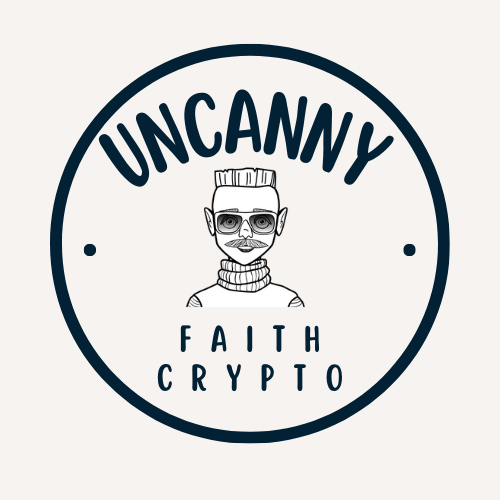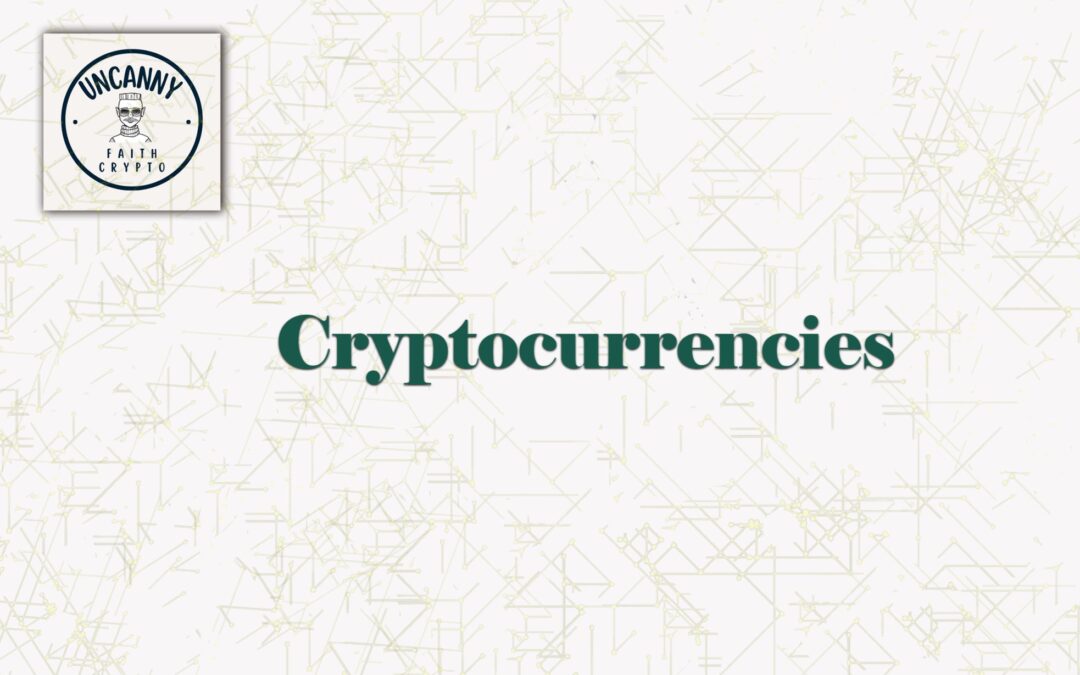In the ever-evolving world of cryptocurrency, stablecoins have become a cornerstone of blockchain-based financial systems. Among these, Tether (USDT) stands tall as a market leader, acting as both a catalyst for innovation and a subject of constant debate. As we step into 2025, Tether’s role in shaping the future of the stablecoin industry remains critical, raising intriguing questions about its growth trajectory, regulatory landscape, emerging competitors, and technological developments. In this article, we’ll explore the key trends that will define Tether’s impact on the broader cryptocurrency ecosystem in 2025 and unpack the forces driving change in the industry.
Whether you’re a crypto enthusiast, an investor, or someone just curious about the interplay between digital assets and traditional finance, stick around as we dive into this pivotal topic.
What is Tether (USDT), and Why Does It Matter in 2025?
Before diving into the future, let’s revisit what Tether is and why it holds significance. Tether, the first and most widely adopted stablecoin, was introduced in 2014 as a solution to cryptocurrency volatility. Each USDT token is pegged 1:1 to the US Dollar, providing traders with a stable asset to hedge risks or move funds across exchanges.
In 2023, Tether’s market capitalisation surpassed $80 billion, securing its position as the dominant player in the stablecoin space. Fast forward to 2025, and its relevance is unlikely to wane. However, as regulatory pressures mount, technological advancements accelerate, and new competitors emerge, how will Tether adapt and thrive in this rapidly changing environment?
Let’s explore the key trends that will shape its journey.
Trend #1: Regulatory Scrutiny Intensifies
The stablecoin industry is under immense regulatory scrutiny, and Tether has often found itself at the centre of this spotlight. In 2025, this trend will likely continue as governments and international bodies strive to establish clear rules for stablecoin issuers.
Why is Regulation Important?
Regulation ensures transparency, trust, and compliance with anti-money laundering (AML) and countering the financing of terrorism (CFT) frameworks. In Tether’s case, its reserve holdings and periodic audits have been questioned in the past, leading to criticisms about transparency.
Since stablecoins bridge the gap between fiat currencies and cryptocurrencies, governments are expected to impose stricter reserve disclosure requirements to monitor systemic risks. For Tether, adhering to these rules could enhance investor confidence but may also introduce operational complexities.
Prediction for Tether in 2025:
Tether will likely invest in increasing transparency, publishing monthly reserve reports or even adopting real-time auditing solutions powered by blockchain technology. This proactive approach could allow Tether to stay ahead of regulatory changes while strengthening its brand as a trustworthy stablecoin provider.
Trend #2: Rise of Central Bank Digital Currencies (CBDCs)
As central banks worldwide continue to explore and develop CBDCs, stablecoins like Tether may face significant competition. CBDCs, being government-backed digital currencies, could offer similar stability with added regulatory assurances, posing a challenge to private stablecoins.
Will CBDCs Overtake Tether?
While CBDCs might lure some users away due to their trust factor and official backing, Tether’s advantage lies in its flexibility and the interoperability of blockchain ecosystems. Unlike CBDCs, which may be siloed for specific use cases or regions, Tether operates across multiple blockchains (e.g., Ethereum, Tron, Solana) and has a deep integration with crypto exchanges, decentralised finance (DeFi) platforms, and Web3 applications.
Actionable Insight:
To remain competitive, Tether may need to expand its multi-chain strategy further and establish partnerships with decentralised applications (dApps) that rely on its liquidity.
Trend #3: Integration with Web3 and the Metaverse
In 2025, the Web3 ecosystem and metaverse projects are expected to drive mass adoption of cryptocurrencies. These digital realms require liquid, stable assets for transactions, in-game purchases, and cross-border payments. Tether’s ubiquity as a stable medium of exchange makes it an ideal choice for these use cases.
Use Cases in the Metaverse
- Gaming: Tether could be used for in-game purchases or as collateral for virtual land ownership in metaverse games.
- Commerce: Virtual marketplaces in the metaverse will need stablecoins to facilitate the sale of NFTs, digital goods, and services.
- Interoperability: Tether’s cross-chain compatibility ensures seamless integration across multiple metaverse platforms.
Pro Tip: If you’re a developer building for the metaverse, consider adopting Tether for its widespread acceptance and operational stability.
Trend #4: Competition from Algorithmic and Collateralised Stablecoins
Tether’s position as a fiat-backed stablecoin may come under pressure from emerging designs, such as algorithmic stablecoins (e.g., Frax) and fully collateralised alternatives like Circle’s USDC.
The Algorithmic Approach
Unlike Tether, algorithmic stablecoins maintain their peg through complex mechanisms like supply-and-demand algorithms or arbitrage incentives, without relying on fiat reserves. While these models suffered setbacks in 2022 (e.g., Terra/LUNA crash), their designs have evolved significantly, making them contenders for mass adoption.
Will algorithmic designs replace Tether? Unlikely. However, they may carve a niche for themselves as innovative products within the DeFi space.
Trend #5: Tether’s Role in Financial Inclusion
Beyond speculation and digital commerce, stablecoins like Tether are emerging as tools for financial inclusion, especially in regions with unstable economies or limited banking infrastructure.
In 2025, Tether could play a pivotal role in:
- Remittances: Enabling low-cost, instant cross-border transfers for migrant workers and residents in developing countries.
- Hedging Against Inflation: Offering a USD-pegged asset in countries with hyperinflation.
- Tokenised Savings: Allowing users to store value in a stable medium without fiat banking systems.
For example, countries in Latin America, Africa, and Southeast Asia have increasingly relied on stablecoins as substitutes for volatile native currencies. In these regions, Tether may become integral to everyday transactions.
Trend #6: Sustainability and Green Initiatives
With increased awareness of environmental concerns, sustainability is becoming a significant focus in blockchain development. By 2025, stablecoins like Tether may come under pressure to reduce their ecological footprint, particularly from energy-intensive blockchain networks.
Potential Green Solutions
- Migrating to Eco-friendly Chains: Adopting low-energy blockchain platforms such as Polkadot or Cardano.
- Carbon Offsetting: Partnering with organisations to offset the carbon footprint associated with transactions.
- Proof-of-Stake Integration: Moving away from proof-of-work-based chains to streamline operations.
If Tether leads sustainability efforts in the stablecoin space, it could not only strengthen its market position but also appeal to environmentally conscious investors and businesses.
Trend #7: Enhanced Security Measures
As the stablecoin industry grows, so does the threat of cyberattacks, fraud, and smart contract vulnerabilities. In 2025, both institutional investors and retail users will prioritise platforms that offer robust security measures.
For Tether, this could mean:
- Strengthening custodial security for fiat reserves.
- Developing tamper-proof technologies for minting and burning tokens.
- Offering insurance against losses due to hacks or fraud.
Frequently Asked Questions (FAQs)
1. Can Tether maintain its dominance by 2025?
Tether’s dominance will depend on its ability to adapt to regulatory challenges, expand its partnerships, and diversify its use cases in emerging ecosystems like Web3 and the metaverse.
2. Is Tether fully backed by reserves?
Tether claims its USDT tokens are fully backed by cash, cash equivalents, and other assets, but it has faced criticism regarding the transparency of its reserves. Efforts to improve auditing practices may address this by 2025.
3. How will CBDCs impact Tether?
While CBDCs could reduce reliance on private stablecoins, Tether’s interoperability within blockchain ecosystems and DeFi applications should enable it to coexist with these government-backed solutions.
4. What makes Tether different from other stablecoins?
Tether’s wide adoption, multi-chain compatibility, and established liquidity across exchanges make it unique. However, it faces ongoing competition from alternatives like USDC and algorithmic stablecoins.
Conclusion
As we move closer to 2025, Tether stands at the forefront of a rapidly transforming stablecoin industry. From regulatory challenges to technological innovation, Tether’s ability to evolve and integrate with emerging trends will determine its relevance in a competitive landscape.
For investors, developers, and businesses, keeping an eye on Tether’s moves—whether it’s expanding into the metaverse, enhancing transparency, or embracing green initiatives—will be crucial. As the bridge between traditional finance and decentralised ecosystems, Tether’s journey is far from over, and its impact on the cryptocurrency space in 2025 is likely to be profound.
What do you think lies ahead for Tether and the stablecoin industry? Share your thoughts in the comments below!

